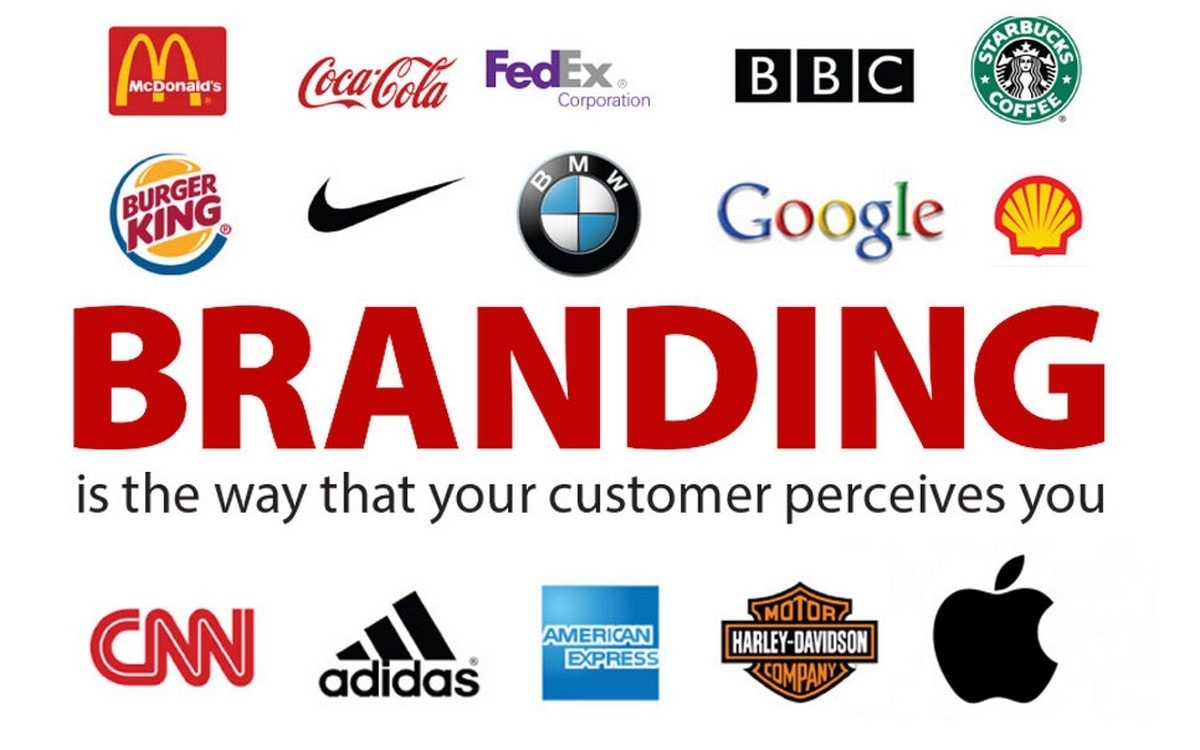
Branding Basics: Creating Your Identity is the cornerstone of any achievementful business. It’s the foundation upon which trust, recognition, and loyalty are built. A well-defined brand identity sets you apart from the competition, making you easily recognizable and memorable. Many businesses struggle to define and communicate their brand effectively, outcomeing in a diluted message and a lack of connection with their customers. In this article, we will unravel the essential elements of branding basics, providing you with practical steps and examples to build a strong and effective brand identity. We’ll cover everything from defining your target audience to crafting compelling brand messaging and building a strong visual identity. By the end, you’ll be equipped with the knowledge and strategies to create a brand that resonates with your ideal customer, and ultimately drives business growth.
Understanding Your Target Audience
Defining Your Ideal Customer
Understanding your target audience is paramount for building a achievementful brand. Who are you trying to reach? Consider demographics, psychographics, values, and behaviors. What are their needs, aspirations, and pain points? By understanding your audience deeply, you can tailor your brand messaging and visual identity to resonate with them. For example, consider a company selling sustainable fashion. Their target audience is likely environmentally conscious millennials and Gen Z individuals who value ethical and sustainable practices. Their industrying materials would reflect these values, highlighting the eco-friendly facets of their products.
Crafting Compelling Brand Messaging
Developing Your Brand Story
Developing your brand’s story is key to establishing a memorable and engaging brand personality. This story should reflect your company’s values, mission, and vision. Think about what sets you apart. What unique benefits can you offer customers? Craft a clear and concise message that articulates your brand’s personality and values to your target audience. A achievementful example might be Patagonia, whose brand story emphasizes sustainability and environmental responsibility, resonates with environmentally conscious consumers.
Related Post : From Idea to Reality: Conquering Fear of Failure in Entrepreneurship
Building a Strong Visual Identity
Creating a Consistent Visual Language
A strong visual identity establishes brand recognition. This includes your logo, color palette, typography, and imagery. Maintain consistency across all platforms, from your website and social media to your print materials. The visual identity creates a lasting impression that helps people recognize your brand from a visual standpoint. Take Nike, for example – their swoosh logo, specific color palette and athletic imagery are immediately recognizable elements of their branding. These visual cues strengthen their brand message and solidify their industry presence.
Establishing Brand instructions
Creating a Brand Style Guide
Brand instructions act as a blueprint for maintaining consistency across all brand touchpoints. They encompass the visual elements and the verbal tone of your brand. This includes everything from logo application and color palettes to brand voice and messaging. Having well-defined instructions ensures that your brand maintains a cohesive and recognizable identity across all industrying and communication channels, both online and offline.
Measuring Brand Performance
Tracking and Analyzing Key Metrics
Regularly tracking key metrics, such as brand awareness, website traffic, and social media engagement, is crucial to measuring the efficacy of your branding efforts. Analyze the data to determine trends and areas for improvement. Use data-driven insights to inform future branding initiatives, enabling you to maximize your plan and improve customer engagement. Tools like Google Analytics can help monitor website traffic and social media insights. Consistent tracking allows you to adjust strategies as needed.
Other Considerations
Staying Current with Trends
Staying abreast of current trends in branding is essential to maintain relevance and keep your brand innovative and modern. The digital realm demands brands to be innovative, engaging, and responsive in their approach.
In conclusion, crafting a strong brand identity is crucial for business achievement. By understanding Branding Basics, you gain a rival edge and foster lasting relationships with your target audience. Now is the time to define your unique value proposition, develop compelling brand messaging, and build a strong visual identity. Start crafting your brand today!